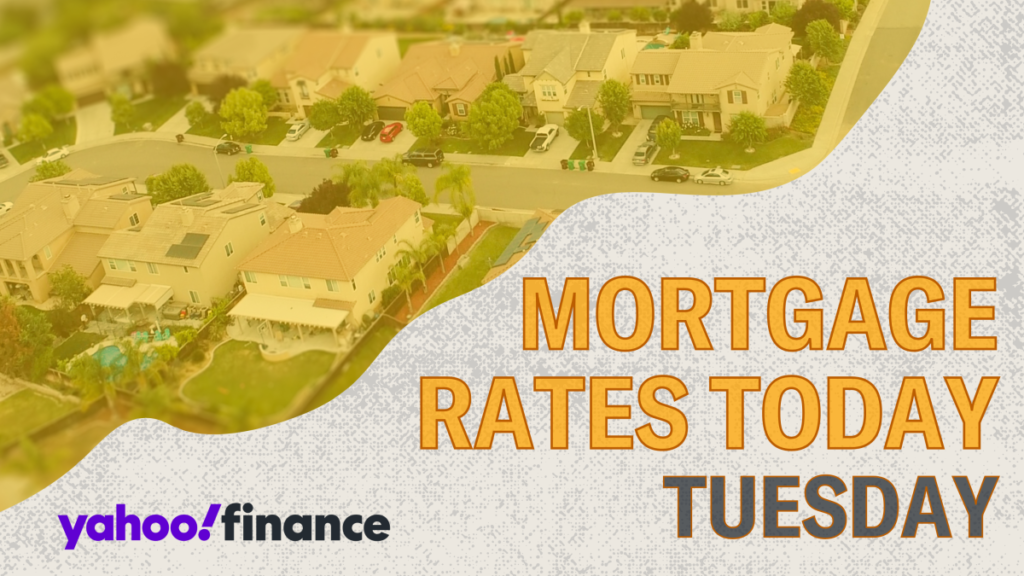Mortgage rates have shown a promising decline recently, according to data from Zillow. The 30-year fixed mortgage rate has decreased by 16 basis points to 6.44%, and the 15-year fixed rate has dropped by 11 basis points to 5.81%. The most substantial shift is evident in the 5/1 Adjustable Rate Mortgage (ARM), which has plummeted by 59 basis points to 6.62%, dipping below 7% for the first time in over a week. This downward trend in mortgage rates may provide an advantageous opportunity for potential homebuyers. Typically, the late autumn and winter months see reduced competition in the housing market, which could be beneficial for buyers. However, a trade-off is that fewer homes may be available for purchase compared to the spring and summer months, potentially making it harder to find the perfect property.
As of the latest statistics, Zillow reports the following national average mortgage rates: a 30-year fixed at 6.44%, 20-year fixed at 6.28%, 15-year fixed at 5.81%, 5/1 ARM at 6.62%, and a 7/1 ARM at 6.51%. The averages for VA and FHA loans show a 30-year VA at 5.87% and a 30-year FHA at 5.58%. When it comes to refinancing, rates are generally higher than those for new purchases. The refinance rates, as per Zillow, stand at 6.56% for a 30-year fixed mortgage and 5.92% for a 15-year fixed mortgage, among others. It is important to remember that these figures are rounded national averages, and the specific rates can vary widely based on individual circumstances like credit scores and local market conditions.
Utilizing a mortgage calculator can effectively help prospective homeowners understand how different mortgage terms, interest rates, and additional costs like property taxes and homeowners insurance can influence monthly payments. This tool is particularly useful in helping buyers gauge their total financial commitment rather than focusing solely on mortgage principal and interest. While 15-year mortgage rates tend to be lower than those for 30-year terms, they come with higher monthly payments, which may not suit all budgets. For instance, with a $400,000 mortgage at 6.44% over 30 years, the monthly payment would be around $2,513, leading to approximately $504,503 in interest paid over the life of the loan. In contrast, a 15-year mortgage at 5.81% would have a monthly payment of about $3,335, with total interest costs of $200,211.
When deciding between different mortgage options, one must consider the differences between fixed-rate and adjustable-rate mortgages. Fixed-rate mortgages lock in the interest rate from the start, while adjustable-rate mortgages provide a fixed rate for an initial period before transitioning to a rate that can fluctuate based on various economic factors. For instance, in a 7/1 ARM, the borrower benefits from a fixed rate for the first seven years. After this period, the interest rate is subject to change. Although adjustable-rate mortgages often start at a lower rate compared to fixed-rate mortgages, there is a risk of increases once the initial fixed period ends. As of now, the lower rates for fixed options might make them more appealing than adjustable rates.
The trends in mortgage rates have been influenced significantly by Federal Reserve actions. After a steady drop in mortgage rates from early August leading up to the September 18 Federal Reserve meeting, where a 50-basis-point cut to the federal funds rate was announced, the rates have fluctuated, with an overall increase afterward until this recent dip. The Fed’s more recent decisions, including a rate decrease in November, play a crucial role in shaping future mortgage rates. While the federal funds rate does not directly correlate with mortgage rates, it serves as a strong indicator of economic health. Consequently, when the Fed cuts rates, mortgage rates typically trend downwards as well.
As of today, the 30-year fixed mortgage rate remains at 6.44%, with the national average refinance rate sitting at 6.56%. It is essential for prospective borrowers to keep in mind that these averages can change based on local market conditions and personal financial profiles. Looking ahead, market analysts predict that while mortgage rates may see some gradual declines in 2025, significant reductions are unlikely in 2024. For those contemplating entering the housing market or refinancing, monitoring these trends and utilizing available tools is crucial for making informed financial decisions.

